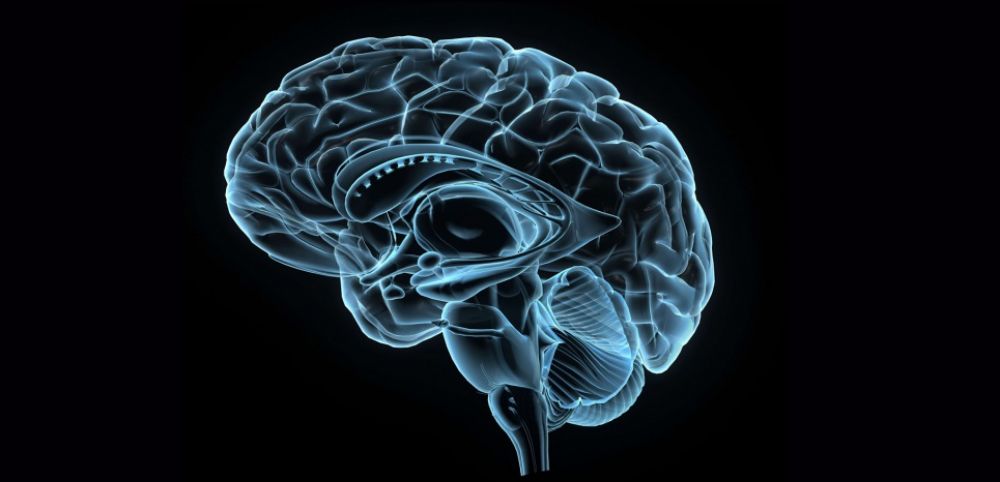Reading time: 5 min
A few months ago, we gave you three simple techniques to start meditating. But why has the practice of meditation grown so much in recent years? What impact does meditation really have on your brain?
What is meditation?
Mindfulness meditation involves concentrating on sensations, breathing, emotions and thoughts, without making value judgments.
There are three types of meditation:
Compassion and altruism. It consists in becoming aware of the needs of a loved one or a stranger, and feeling a sincere desire to help.
Focused attention meditation aims to tame and center the mind on the present moment while developing alertness.
Mindfulness meditation cultivates a more neutral awareness of emotions, thoughts and sensations. It involves noting when our mind wanders, welcoming our thought or emotion without judgment, then gently returning to this state of concentration. It’s often thought that a person who knows how to meditate knows how to maintain a continuous state of concentration and never wanders in their thoughts. Well, they don’t! A Buddhist monk, for example, wanders almost as much as anyone else. He simply knows how to let his thoughts pass, without clinging to them, and return to a state of concentration.
The impacts of meditation that we will present to you in this article are only possible with regular meditation practice.
How can meditation change the brain?
If meditation has a direct impact on the brain, it’s thanks to the phenomenon of neuroplasticity. Your brain is made up of 86 billion neurons, also known as grey matter, and each neuron can have thousands of connections with other neurons, enabling them to communicate with each other. Every second, the number of connections between neurons varies according to the emotional, psychological and cognitive experiences we undergo. Our gray matter can thicken or shrink: connections can be strengthened, some created and others deleted. Our neurons therefore have the capacity to modify and remodel themselves throughout your life.
What impact does meditation have on our grey matter?
For the past decade, researchers have been working to discover the cerebral impact of regular meditation practice. In one study, Harvard Medical School neuroscientist Sara Lazar found that regular meditation slowed brain aging. In her study, 40/50 year-old meditators had as much grey matter in their cortex as 20/30 year-olds.
Is it possible to identify areas of the brain and associated cognitive abilities that develop particularly under the influence of meditation?
In 2006, researchers compiled the results of 21 studies involving a total of 300 meditation practitioners. These studies revealed the impact of meditation on 8 brain regions involved in different cognitive abilities, including the following two:
The hippocampus and frontal cortex, involved in memory
The regular practice of meditation consolidates the information to be memorized and facilitates the recollection of explicit memories (i.e. memories of facts or things). This is thanks to the development and strengthening of neuronal connections within the hippocampus, an area playing a crucial role in the memorization process.
Meditation is also said to facilitate short-term memory, also known as working memory. This is the ability to retain information for a few seconds. In a meditator, working memory needs to activate fewer resources to function, thanks to the thickening of the cortical area known as the prefrontal cortex. In today’s world of constant information overload, the ability to stay focused, to distinguish between important and distracting information, and to keep active information in memory, is crucial.
The orbitofrontal cortex and the anterior and middle cingulate involved in emotion regulation
Emotion regulation is when an individual uses strategies to influence the emotions they feel: when they want to feel them, how much they want to feel them and where they want to feel them, so that they are adapted to the demands of a situation and environment. Two areas are involved in the regulation of emotions and are particularly developed through meditation: the orbitofrontal cortex, the seat of our social behavior, and the anterior and middle cingulate.
The orbitofrontal cortex enables us to suppress certain emotions. For example, when a person suffers from depression, we can observe a drop in activity in this area: in effect, they have difficulty inhibiting negative emotions.
The anterior cingulate cortex is involved in affective self-regulation: it enables us to adapt our reactions to stressful situations.

In 2004, Sara Lazar once again brought together people who had never meditated before, and had them carry out a stress-reduction program based on mindfulness meditation. For 8 weeks, participants were asked to perform a 30-40 minute meditation session each day. Sara Lazar’s aim was to study the effects of meditation on well-being and on disorders such as anxiety, depression, insomnia and chronic pain. After 8 weeks, she discovered several impacts on the cerebral cortex, and in particular on two regions:
The amygdala, involved in stress and anxiety management
The amygdala is a region of the cortex that seems to modulate all our reactions to events of great importance to our survival. Among other things, it’s this area that allows you to react almost instantly to the presence of real or perceived danger: fight or flight. Intensive meditation practice is correlated with a reduction in gray matter in the amygdala, impacting stress levels. The fewer neuronal connections in the amygdala, the less stressed a person will feel, even if their environment remains the same.
In addition, it seems that the anterior cingulate cortex (involved in emotional regulation and developed through meditation), inhibits the activity of the amygdala.
Empathy and compassion thanks to the temporo-parietal junction
The temporal-parietal junction is the area of the cortex where the temporal lobe meets the parietal lobe. This area is particularly active when a person feels empathy or compassion. This junction thus facilitates our ability to adopt another’s perspective rather than our own, to feel their emotional states, and makes us want to help them. But this zone is also active in the distinction we make between ourselves and others. The development of the temporo-parietal junction is therefore particularly important for feeling “healthy” empathy and ensuring that it doesn’t spill over into our own well-being – a particularly important ability for anyone dealing with ill-being on a daily basis (doctors, nurses, psychologists…).
The brain is incredibly flexible, and can create new connections every day. These new connections will only be retained if they are reinforced by repetitive behavior. By performing meditation exercises on a daily basis, a person can rewire his or her brain, enabling greater development and anchoring of certain abilities such as memory and empathy, among many others. Meditation isn’t easy, but a real commitment can have a big impact.
Author: Anaïs Roux

